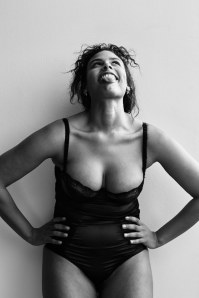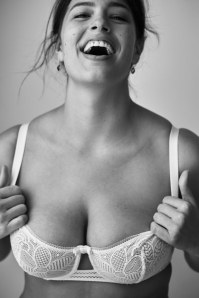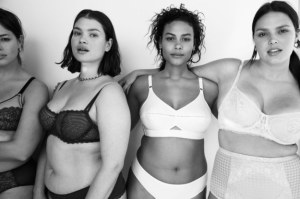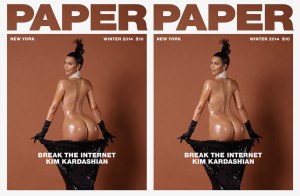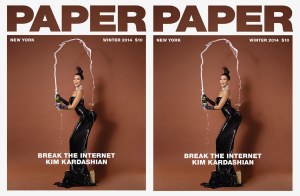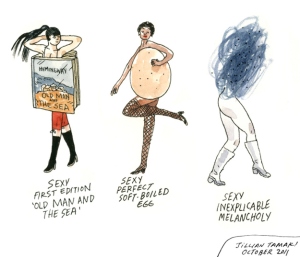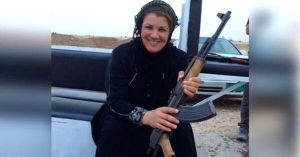The self-professed American dating expert Julien Blanc has been banned from Britain. The UK has declined to issue a visa to Blanc, an executive coach at Real Social Dynamics (RSD), a group that charges clients thousands of dollars to learn what have been described as sexist, misogynistic and violent acts towards women. He claims to teach clients how to approach women, but his tactics are often described as offensive and abusive. Earlier this month, Blanc was forced to leave Australia after an online campaign pushed venues to cancel his bookings, and authorities to revoke his visa. 150,000 people signed a change.org petition to ban his entry to the UK. Petitions also call for him to be barred from South Korea, Brazil, Canada, Germany, the Netherlands, Ireland and Iceland.
Blanc said he felt like he was the most “hated man in the world”. When I heard him say that, I snorted out loud and actually said “cry me a river”. Of course a man who teaches such atrocious things will gain criticism and rightful so. It is horrible to promote rape- to teach rape- and think it is okay. Julian Blanc isn’t sorry for his actions or thoughts he’s sorry he’s gotten caught and became infamous worldwide.
However, his bar from Britain is an important victory for feminists in Europe. It is critical to set the message that rape or violent behavior towards women will not be tolerated. By preventing him from entering the country, Britain took the first step towards changing misogynistic thoughts and anti-feminist ideals. Teaching men to rape women is not an art form or any type of seduction it is just simply rape, and it is very wrong. Other European countries can follow Britain’s lead and not allow Blanc to get a visa into their countries. With the issues of women’s rights in the spotlight, especially due to the oppression in the Middle East, it is critical that democratic, idealistic, European countries take the initiative to dissuade anti-feminists and people like Blanc who believe it is okay to hurt and humiliate women.

